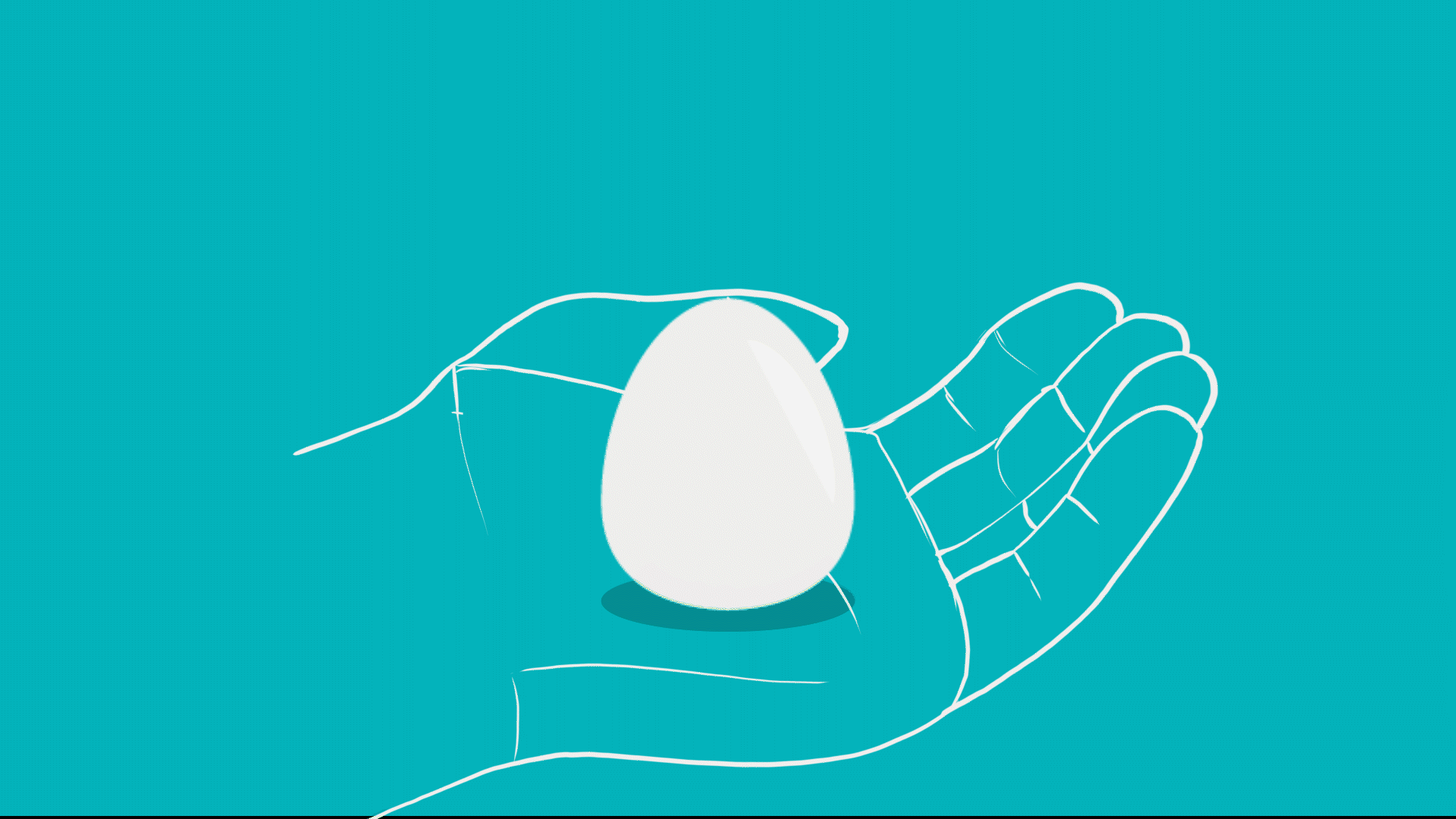Experience Design
Buddi
Environments Studio IV: Social Systems
7 Weeks | Spring 2021

Brief
How can we create remote social presence in digital, physical and/or hybrid environments? Design an environment or an object placed in an environment to investigate this question.
Tools:
-
Figma
-
Adobe AfterEffects
-
Fusion 360
-
Arduino
Skills:
-
UI/UX Design
-
Physical Prototyping
-
Interaction Design
-
3D Modeling
-
Animation
Team:
-
Individual

The Outcome
This past year of remote learning has been a taxing time for students of all ages. Many aspects of in-person school have not translated well to a remote learning environment, leaving students with feelings of isolation and loneliness.
This project begins to address that problem. Buddi is a product system that is designed specifically for students in middle school, focused on recreating social interactions that have been lost.
Design Goals
Overarchingly, Buddi has 3 main goals.
-
Buddi is designed to foster social connections between students, giving them a chance to reconnect with existing friends while also opening doors for creating new ones.
-
Buddi encourages students to get motion into their day and play again, not completely in front of a computer screen.
-
Buddi helps create a sense of social community, outside of an academic context, to remind students that they aren't alone.
Systems Diagram
The Buddi system is composed of 2 main parts: a physical object and a digital chrome extension.
The physical object is designed to be comfortable to hold, fun to fidget with, and easy to squeeze. The physical object facilitates intuitive and tangible interactions for a multimodal experience.
The second part is a chrome extension that connects with Google Classroom to import existing student profiles and class rosters. The chrome extension adds a digital interface that helps students connect with each other through conversational interactions.

User Journey
The Buddi interactions are based on time of day, with one set of interactions designed for passing periods, and another set for longer breaks like lunch and after school. During class time, Buddi acts as a passive object the student can fidget with, while not distracting students from their class.

Break Time Interactions
During passing periods, Buddi facilitates spontaneous interactions between the students in their upcoming class. The Buddi extension prompts students to get up and move during their break, taking the Buddi object with them.
Based on different inputs from the student, the Buddi will send signals, through vibration, sound, and light to the student's classmates. The types of inputs are based on reciprocal interactions that would happen in person, like saying hello to a passing friend, having a longer conversation, and poking or hugging somebody. Towards the end of the break, the students can see who they interacted with on the chrome extension.

Output: Buzzes & Beeps
Students Saying Hello
Input: Students Walking

Output: Lights up & Jiggles
Students Pausing
Input: Student puts Buddi down

Output: Buzzes & Lights up
Students High-Fiving
Input: Students squeezing Buddi

After School Interactions
After school, the student can use Buddi to play games with classmates and friends. Buddi through its haptic signals and form, makes it easy for students to play physical games again, while still connecting with other students remotely. The games provide opportunities to interact with other students, encourage more motion away from the screen, and creates healthy competition and motivation structures.

Output: Lights up & Buzzes
The Game
Input: Students Tossing Buddi

The Process
Initial Research
I began this project by conducting secondary research - understanding existing research about the impacts of remote learning on students and understanding the developmental goals of students in my target demographic.
I then conducted user interviews to develop a deeper understanding of my problem space. I talked to 5 middle school students and their parents to understand their experiences with remote learning and determine what potential spaces for intervention could be.

Key Insights
01 While many students have adjusted to the academic side of online learning, they are struggling with the lack of social interaction and stimulation that comes from Zoom.
02 Students are having a hard time meeting new people because there is little space for social interaction during class time.
03 Students are struggling to get a break in between periods which creates a draining school day.
04 Parents are concerned about the amount of time students spend seated in front of their screens.


